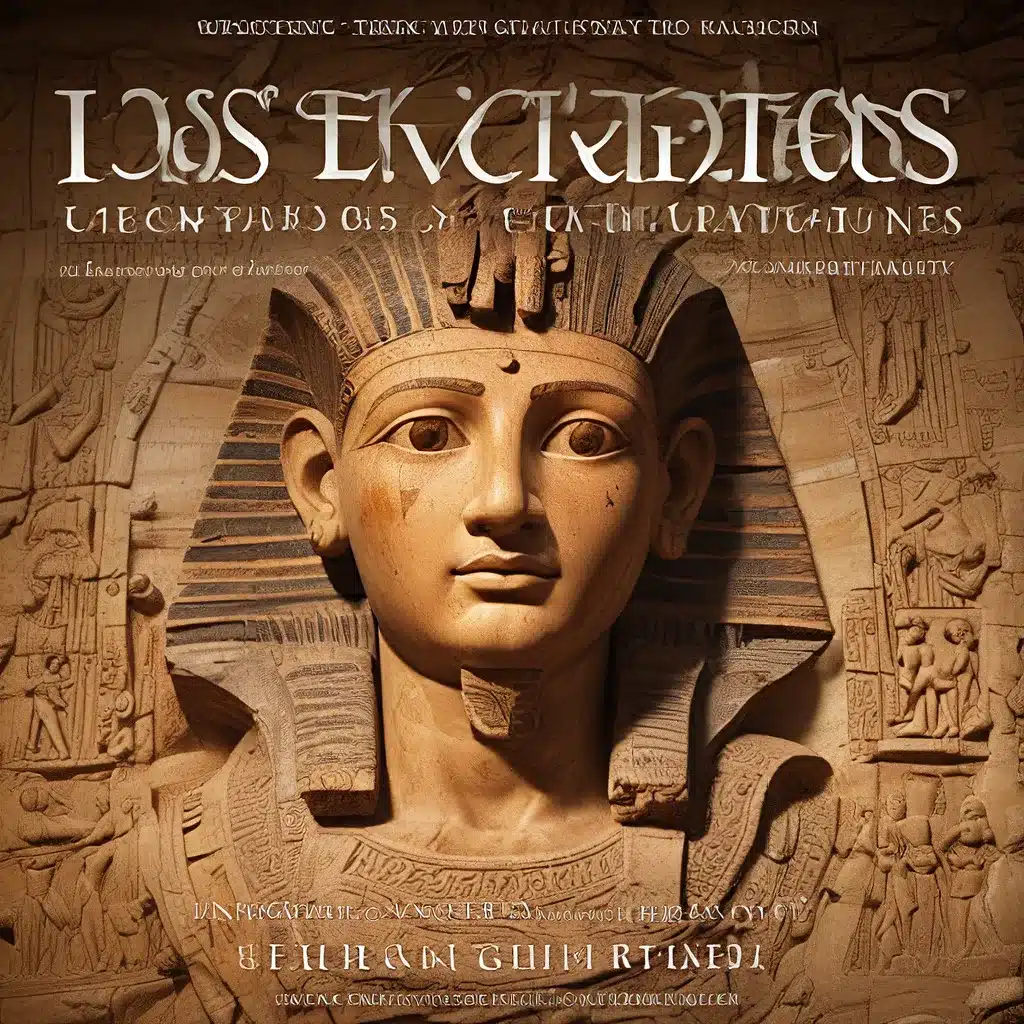
Rediscovering the Past: Unlocking the Mysteries of Ancient Manuscripts
In the remote Sinai Desert, nestled at the foot of Mount Sinai, lies a remarkable treasure trove of ancient knowledge. The St. Catherine’s Monastery, a Greek Orthodox community that has stood for over 1,500 years, holds the world’s oldest continually operating library, filled with more than 3,000 manuscripts that have been carefully preserved by the dry and stable climate.
Among these priceless relics, a team of researchers and scholars has uncovered a thrilling new chapter in the story of human civilization. Through the use of cutting-edge multispectral imaging technology, they have been able to decipher long-lost texts hidden beneath the surface of these ancient manuscripts, revealing a wealth of previously unknown information about the connections between East and West, the evolution of language and culture, and the foundations of ancient medicine and philosophy.
Unveiling the Palimpsests: A Treasure Trove of Lost Knowledge
The most significant discoveries have come from the monastery’s collection of palimpsests – manuscripts where the original text has been scraped or erased and the parchment reused for a new text. In most cases, the ancient scribes did their job frustratingly well, and the original texts were thought to be lost forever. However, the application of multispectral imaging has allowed researchers to peel back the layers of history and uncover these hidden gems.
One such discovery was made by Giulia Rossetto, a specialist in ancient texts at the University of Vienna, who was studying a manuscript known as Arabic New Finds 66. As she scrutinized the faint Greek letters beneath the overlying tenth-century Arabic text, she realized that she had stumbled upon a previously unknown classical Greek poem, possibly from the Rhapsodies attributed to the mythical poet Orpheus.
“The discovery,” says Claudia Rapp, a professor of Byzantine studies at the University of Vienna, “is the kind of thing that appears perhaps once in a generation. The dream of everybody working with palimpsest material is to find previously unknown bits of classical texts from pagan antiquity.”
Reconstructing Lost Languages and Cultural Connections
The wealth of information uncovered by the Sinai Palimpsests Project goes far beyond the recovery of classical texts. The project has revealed the existence of previously unknown languages, such as Caucasian Albanian and Christian Palestinian Aramaic, as well as shedding new light on the translation and transmission of knowledge across the medieval world.
One particularly fascinating discovery is a “Sinai sandwich” of texts, with layers written in Greek, Latin, and Arabic, suggesting a far more interconnected world between the Middle East and the West than previously thought. As Michelle Brown, a former curator at the British Library, explains, “Scholars have assumed that there was little contact between the Middle East and the West in the Middle Ages before the Crusades, but this palimpsest supports my hunch that this view was wrong.”
Unveiling the Secrets of Ancient Medicine
Among the most exciting discoveries from the Sinai Palimpsests Project are the medical texts that have been uncovered, including drug recipes, instructions for surgical procedures, and references to the work of ancient physicians like Crateuas, who served the Anatolian king Mithradates in the first century BC.
“One fragment of this palimpsest contains a beautiful two-page illustration of a flowering plant,” explains Nigel Wilson, a classicist at Oxford University. “This may be a work by Crateuas, and it’s the first scrap we’ve got of an actual manuscript of his work. Until now, we only knew his writings through quotations by the first-century physician Dioscorides.”
The recovery of these ancient medical texts promises to shed new light on the foundations of Western medicine, as well as the cultural exchange of knowledge that occurred across the medieval world.
Preserving the Past for the Future
As the Sinai Palimpsests Project continues to uncover the secrets of these ancient manuscripts, the team at St. Catherine’s Monastery faces the ongoing challenge of protecting these priceless artifacts from the dangers of the outside world. Located in a region of ongoing political turmoil, the monastery has become a sanctuary for these timeless treasures, safeguarding them for future generations.
“That is our obligation and our challenge today,” says Father Justin, the librarian in charge of the monastery’s manuscript collection. “We must ensure that these manuscripts, these tangible witnesses to our shared history, are preserved for centuries to come.”
Through the dedication of researchers, the ingenuity of technology, and the steadfast stewardship of the monastery’s caretakers, the lost civilizations of antiquity are slowly but surely revealing their secrets, expanding our understanding of the interconnected world that shaped the foundations of modern society.
As The Lost Kingdoms continues to explore the wonders of the ancient world, the Sinai Palimpsests Project stands as a testament to the enduring power of human curiosity and the endless fascination we hold for the mysteries of the past.


